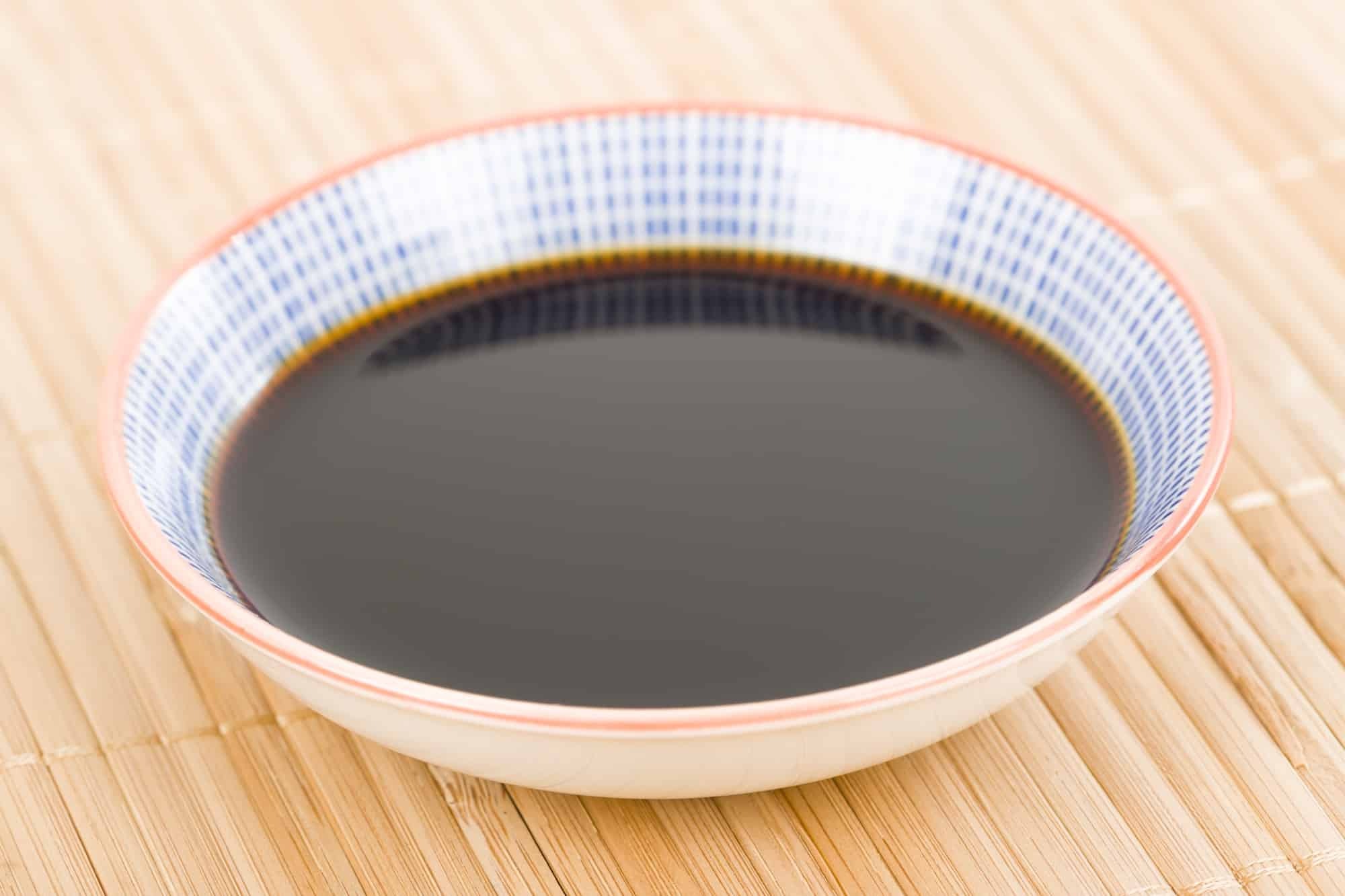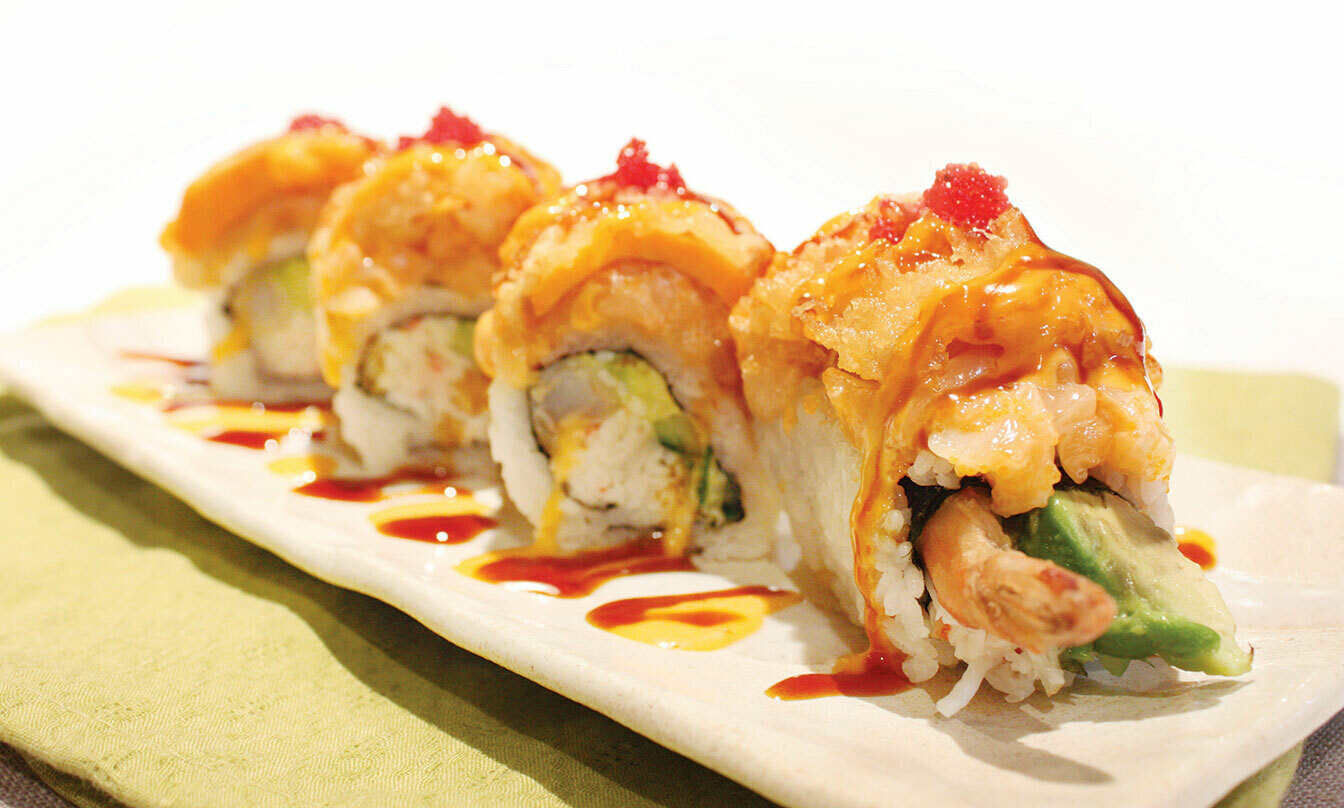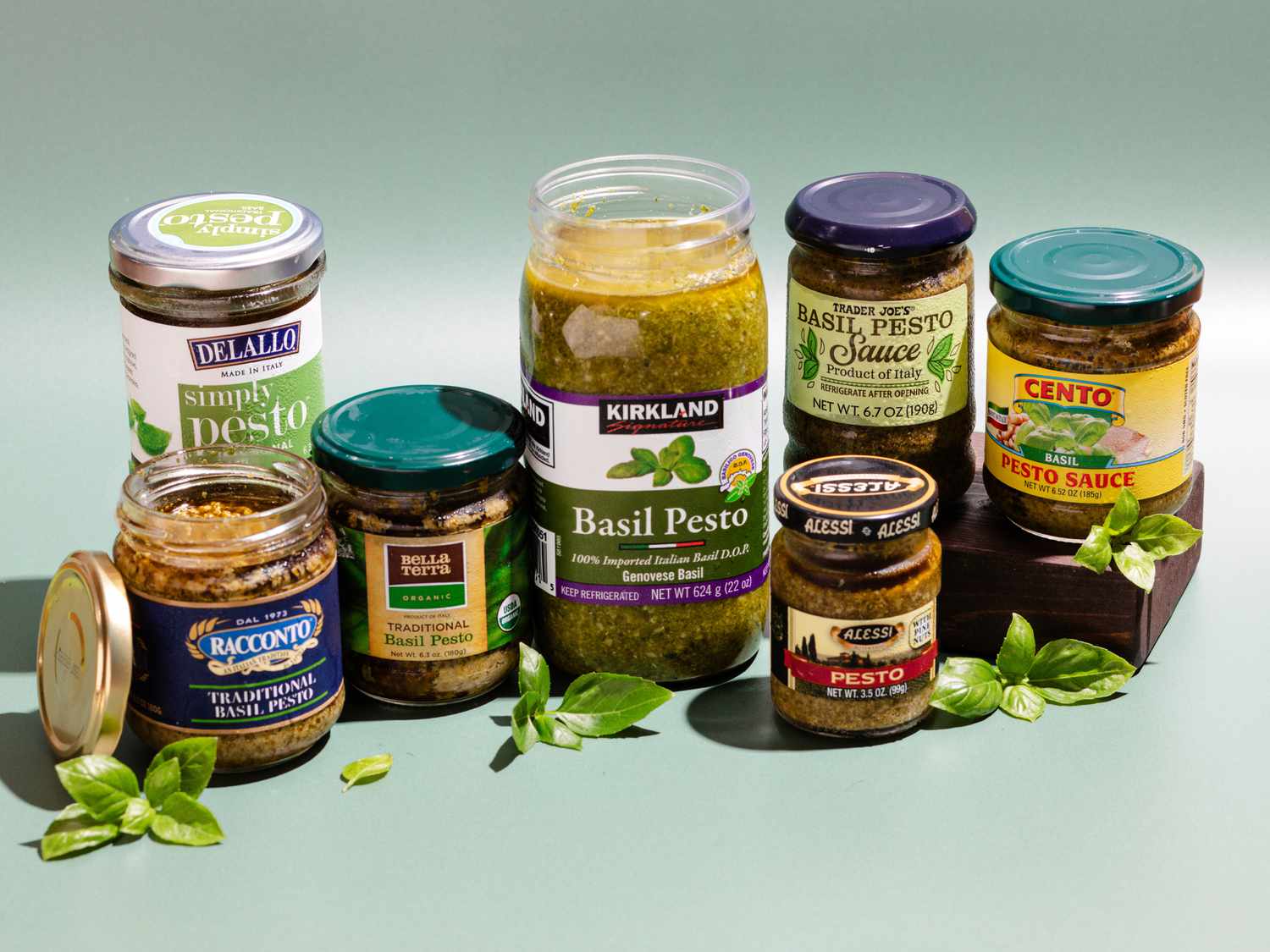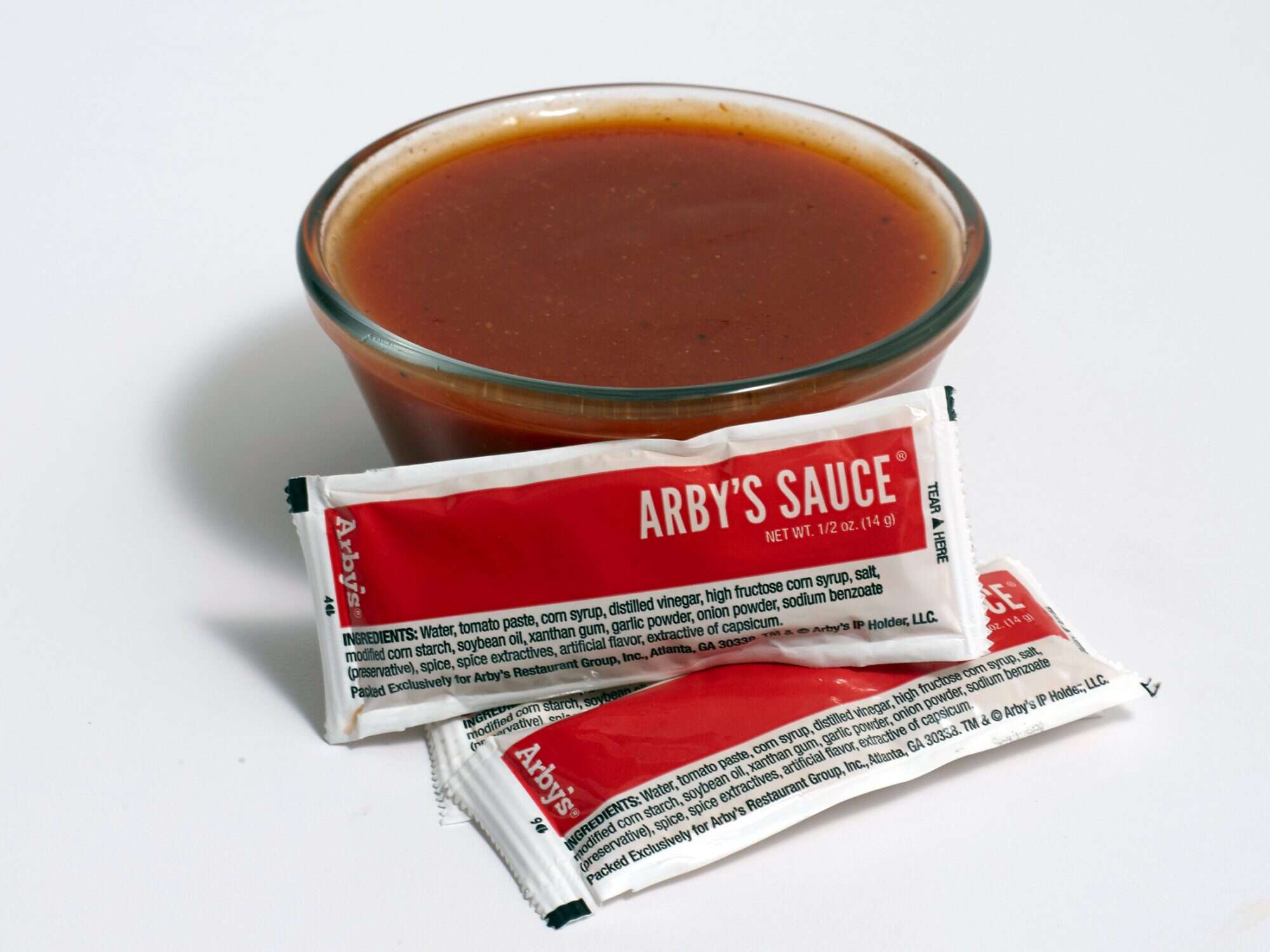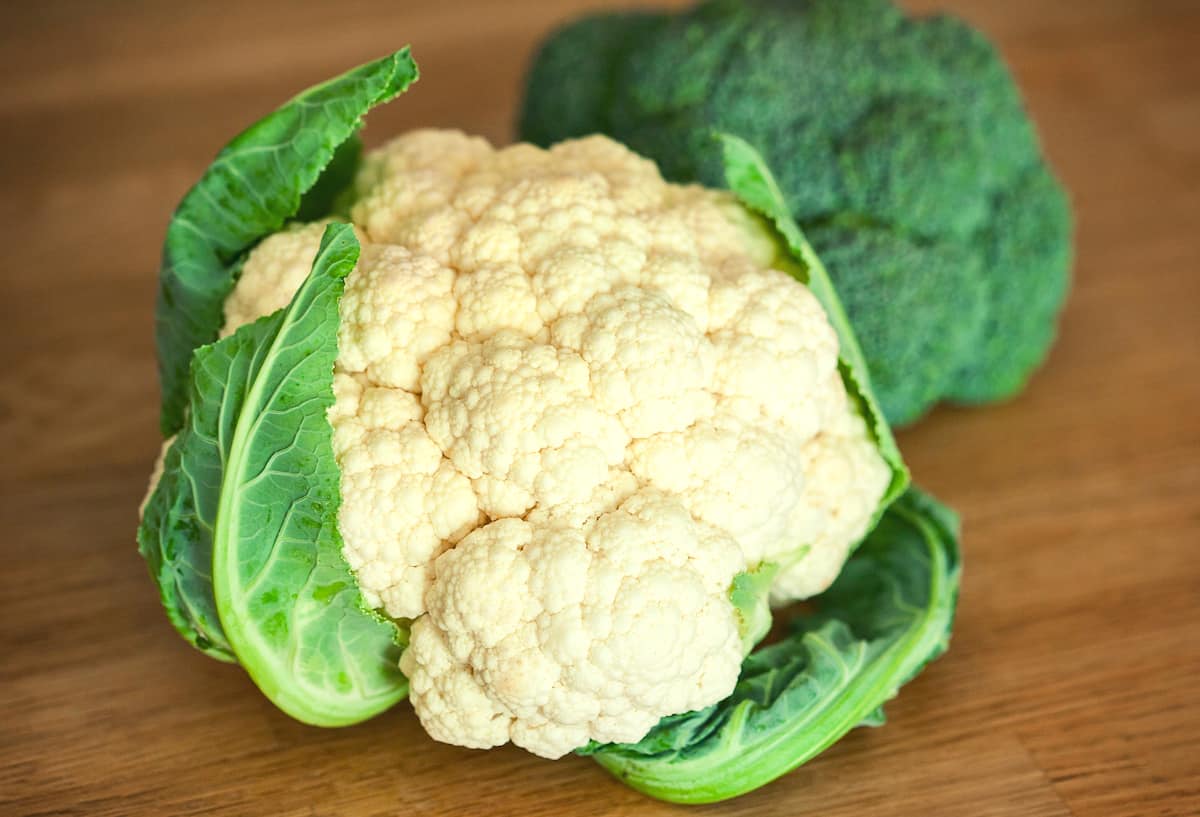Understanding Tobiko Sauce: A Delightful Addition to Your Culinary Repertoire
Are you a fan of Japanese cuisine or sushi? If so, you may have encountered Tobiko sauce, a delightful and flavorful addition to many dishes. In this article, we’ll explore what Tobiko sauce is, how it’s made, and how you can enjoy it in your own culinary creations.
What is Tobiko Sauce?
Tobiko sauce is a type of Japanese condiment that is made from the roe of flying fish. The roe is small, crunchy, and has a vibrant orange color, adding both visual appeal and a burst of flavor to dishes. Tobiko sauce is often used as a topping or garnish for sushi, sashimi, and other Japanese dishes, adding a unique texture and taste to the overall culinary experience.
How is Tobiko Sauce Made?
The process of making Tobiko sauce begins with harvesting the roe from flying fish. The roe is then carefully seasoned with ingredients such as soy sauce, mirin, and sugar to enhance its flavor profile. The seasoned roe is then marinated to allow the flavors to meld together, resulting in a savory and slightly sweet sauce that complements a wide range of dishes.
Ways to Enjoy Tobiko Sauce
There are numerous ways to enjoy Tobiko sauce in your culinary endeavors. Here are a few ideas to get you started:
- As a topping for sushi rolls or sashimi, adding a pop of color and flavor to each bite.
- Mixed into creamy sauces or dressings to add a unique texture and taste to salads or seafood dishes.
- Sprinkled over rice bowls or poke bowls for a visually stunning presentation and a burst of umami flavor.
- Used as a garnish for appetizers or canapés, elevating the overall aesthetic and taste of the dish.
Where to Find Tobiko Sauce
If you’re eager to try Tobiko sauce in your own culinary creations, you can typically find it at Japanese grocery stores, specialty food markets, or online retailers that specialize in Japanese ingredients. Look for Tobiko sauce that is fresh, vibrant in color, and free from any off-putting odors, ensuring that you’re getting the best quality product for your dishes.
In Conclusion
Tobiko sauce is a delightful and versatile condiment that can add a burst of flavor and visual appeal to a wide range of dishes. Whether you’re a fan of Japanese cuisine or simply looking to expand your culinary repertoire, Tobiko sauce is a must-try ingredient that can elevate your dishes to new heights. With its unique texture, vibrant color, and savory-sweet flavor, Tobiko sauce is sure to become a beloved addition to your kitchen.
So, why not pick up a jar of Tobiko sauce and get creative in the kitchen? Your taste buds will thank you!
Was this page helpful?
Read Next: What Is Sockarooni Sauce?
